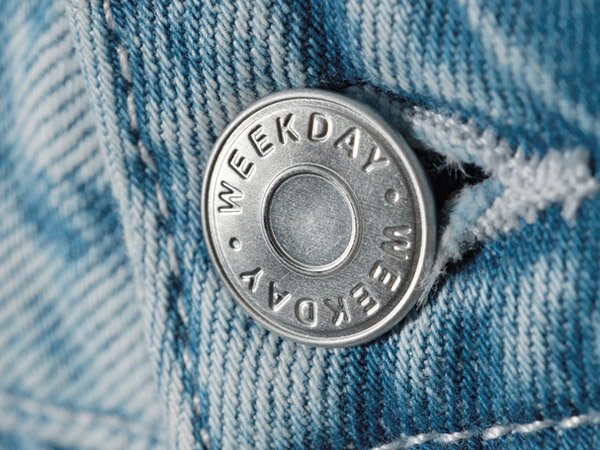We believe in a circular future driven by style and design.
Designing for circularity
What is designing for circularity?
In a world with finite resources, we need to change the way we make everything, including fashion. For many years, we aimed to use the most sustainable materials to make the most desirable pieces. Now we need to broaden our focus and consider what happens to products beyond the drawing board.
We follow Ellen MacArthur Foundation’s vision for a circular fashion industry and aim to design products to be:
- Used more
- Made to be made again
- Made from safe, recycled or renewable inputs
Our approach
By considering a product’s entire lifespan and making better decisions at the design stage, we can reduce our impact on climate, water, nature and people.
We also need to make full use of the energy and materials embedded in our clothes. The best way to do this is to design products according to their purpose, using them for as long as possible, then repairing, reselling and repurposing them, before they are recycled at the end of their life.
What is product purpose?
To guide design decisions and choice of materials or processes, it’s crucial to consider a product’s purpose. Thinking about how the product will be used and its expected lifespan makes sure we use the right amount of resources. This can also be known as designing for intended use or intended function.
Product purpose also deals with trade-offs between things like durability and recyclability. Durable products are tricky to recycle because they often need extra stitching or blended materials. At the same time, easy to recycle products made of mono-fibres can’t always deliver the same performance, functionality or durability as blended-fibres.
Find out more about how we work with product purpose in our Circulator Guide.
What are we doing at H&M Group?
There have been many developments since we started out on our circular design journey. Firstly, we have learnt a lot, but upcoming legislation such as the EcoDesign for Sustainable Product Regulation is perhaps the biggest. Our current focus is on preparing for these new laws, while remaining committed to a long term vision to create products fit for a circular economy. These are some of the highlights of what we’ve achieved so far:
The Circulator
A team of internal and external experts have been reimagining our approach to design. The result is Circulator – a guide that offers support through the product development process to maximise the circular potential of a product. In 2021 we produced the first version of the Circulator to to share our ideas with other brands, designers and people interested in circular fashion. In 2023, we updated the guide, refining our approach and reflecting what we had learnt. Download Circulator here.
Circular Design Consortium
We are a member of the Circular Design Consortium alongside other fashion brands. Together, we collaborate with industry peers to share learnings and address shared challenges around circular design . Currently the consortium is determining its future scope.
Weekday jeans
Between 2019 and 2023, Weekday were part of the Ellen MacArthur Foundation’s Jeans Redesign Project, applying circular design principles to their denim collections. They started with two styles and gradually added more each season. Read more in this case study. Even though the project is over, Weekday continue to use the principles in their jean’s development process.

RELATED

